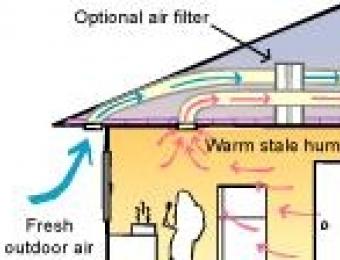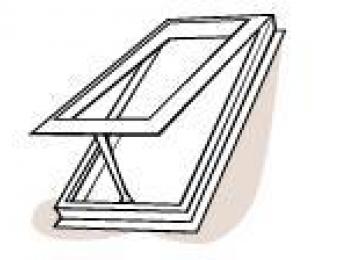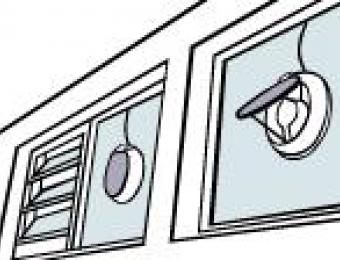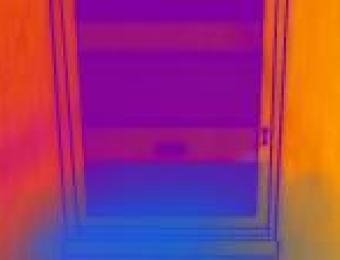Too much humidity in your home can lead to a build up of moisture in your walls, and possibly to mould or even rot or pest infestations. Moisture tends to pool in corners and enclosed areas, as well as around windows, and starts to eat away at the timber and plasterboard in your walls.
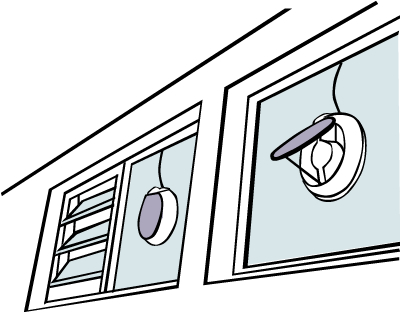
A properly designed ventilation system can be the best way to fight excessive humidity. Specifically, exhaust fans and whole-house fans are the best way of tackling a build up of humidity. Relying on ventilation through infiltration or systems that are designed mostly to ventilate the ceiling cavity (like ridge vents and soffit vents) will only show minor benefits, if any.
Powered systems are often better than natural systems for this purpose, because some of them actively remove humidity from the air as it is drawn into your home. Ideally, you should try to keep the humidity within your home between 35% and 45%. This is where your family will be at their most comfortable, and at this level you will avoid any potential issues caused by mould, mildew and rot.
Exhaust fans
Exhaust fans are typically found in bathrooms and kitchens and are designed to forcibly remove steam and odour from the area. They work by sucking air from a localised area into a vent, then transporting the warm air outdoors through a duct.
Energy recovery ventilators (ERVs)
ERVs can best be described as the ventilation equivalent of reverse cycle air conditioners, in that they can be effective for both cooling and heating a space. While they're almost identical to heat recovery ventilators (HRVs) in terms of the way they perform, ERVs also capture moisture from the air being exhausted and transfer it to incoming air so as to regulate the humidity as well as the temperature.
Foundation vents
If you have a crawlspace under your house that experiences moisture build up, foundation vents will help it to escape, allowing you to avoid any moisture damage to the foundations of your home. Moisture trapped in under-floor crawl spaces can result in instability, rot, mould and termites.

